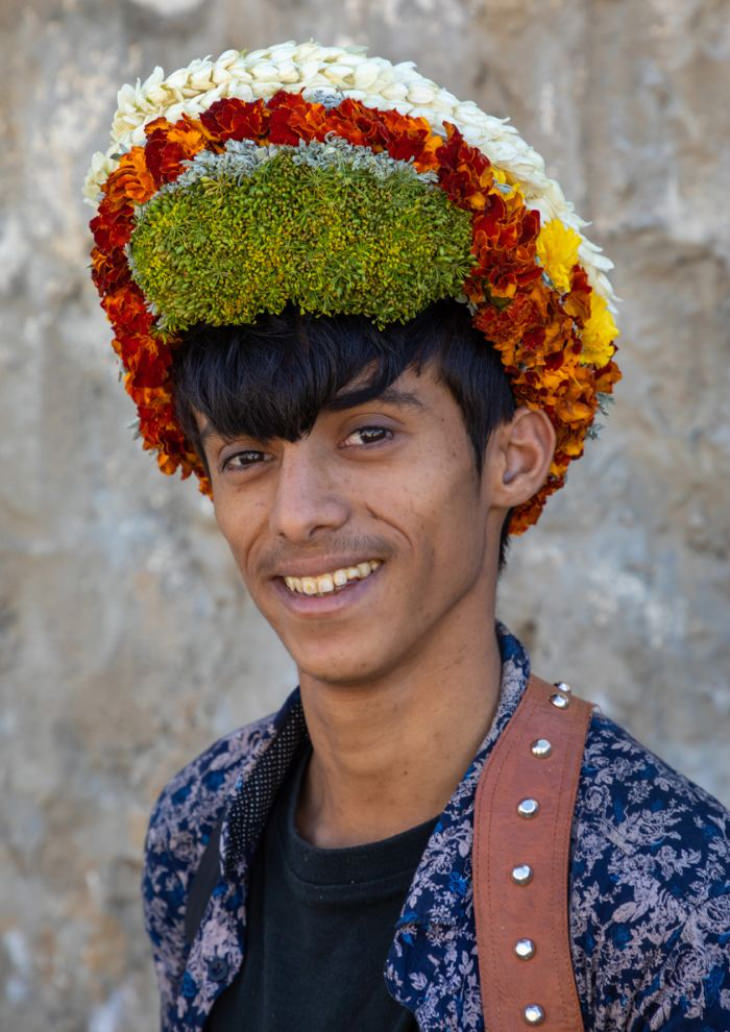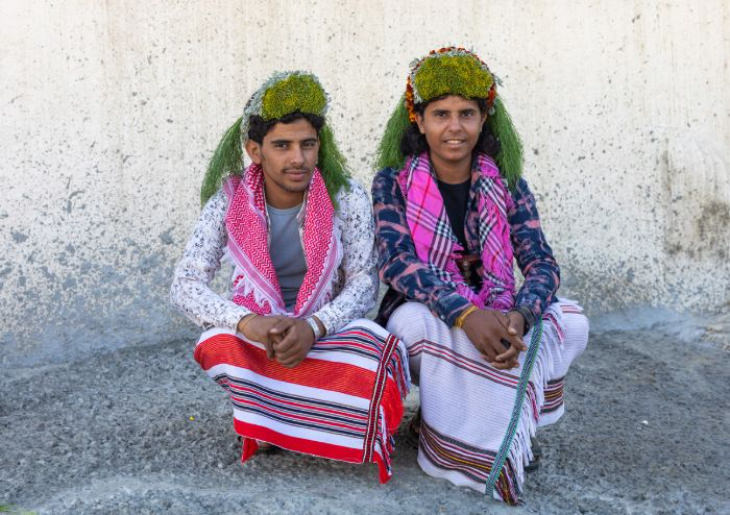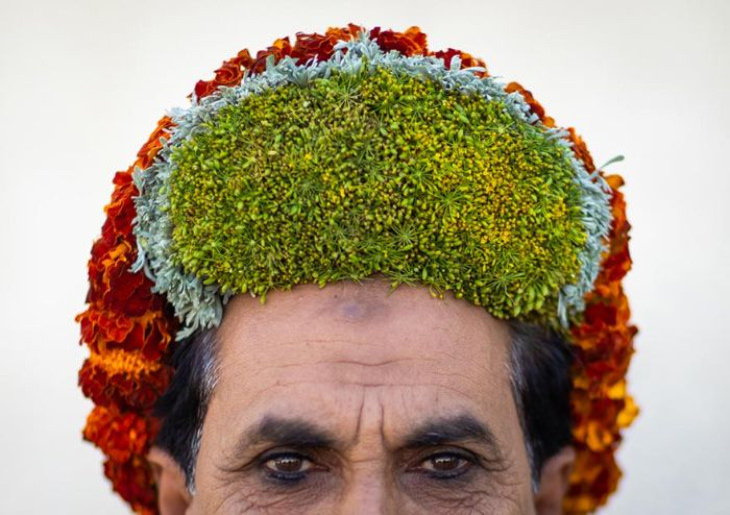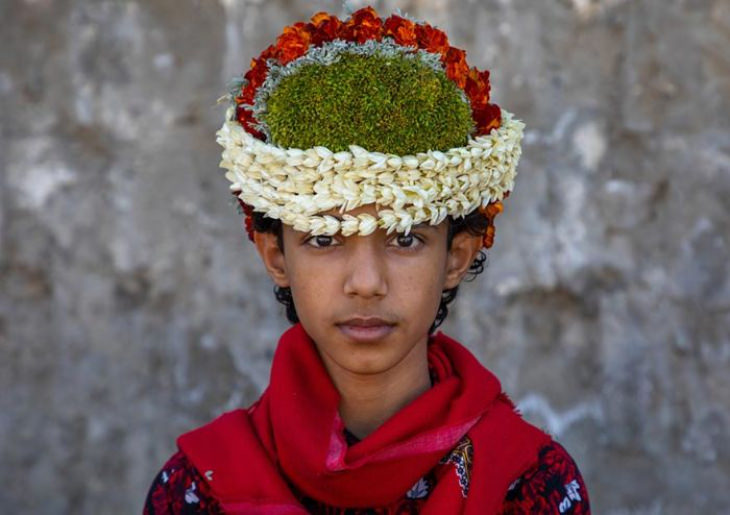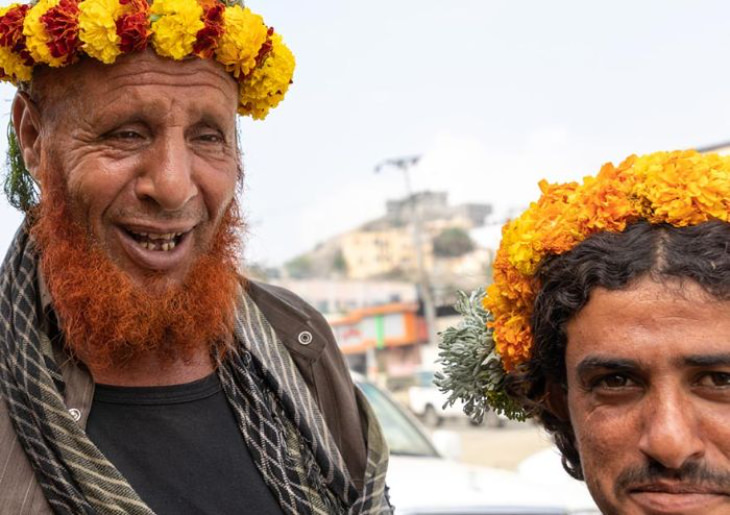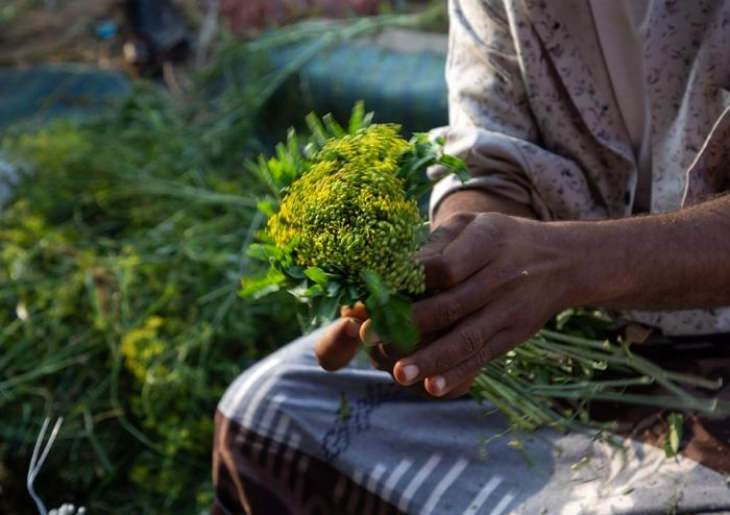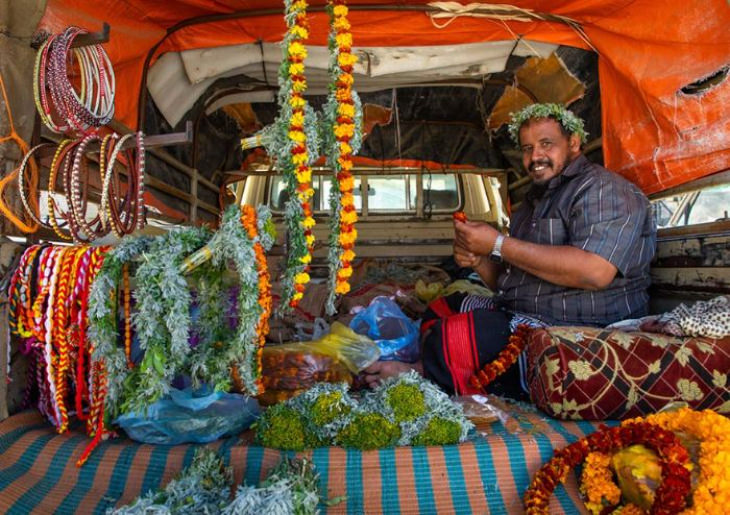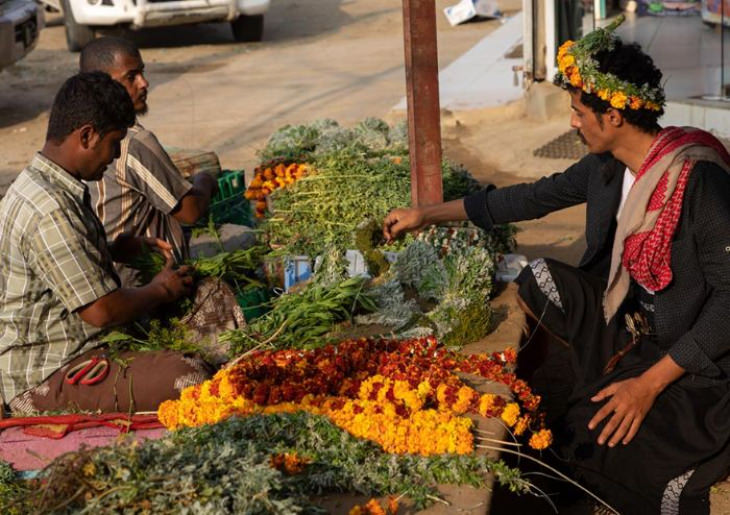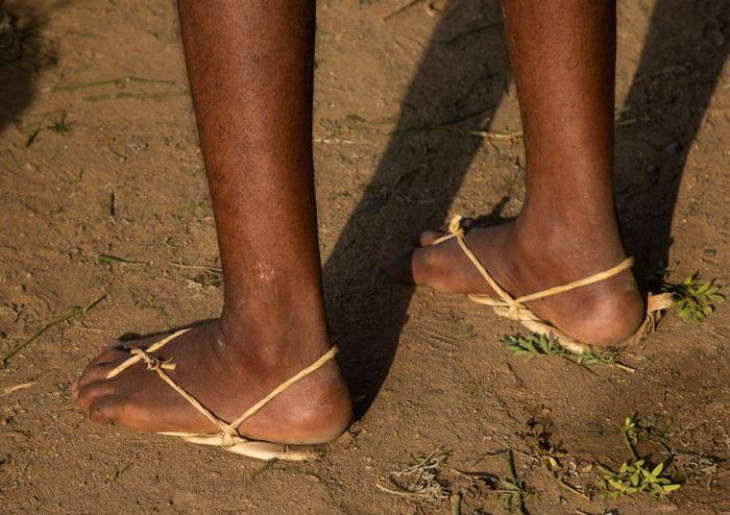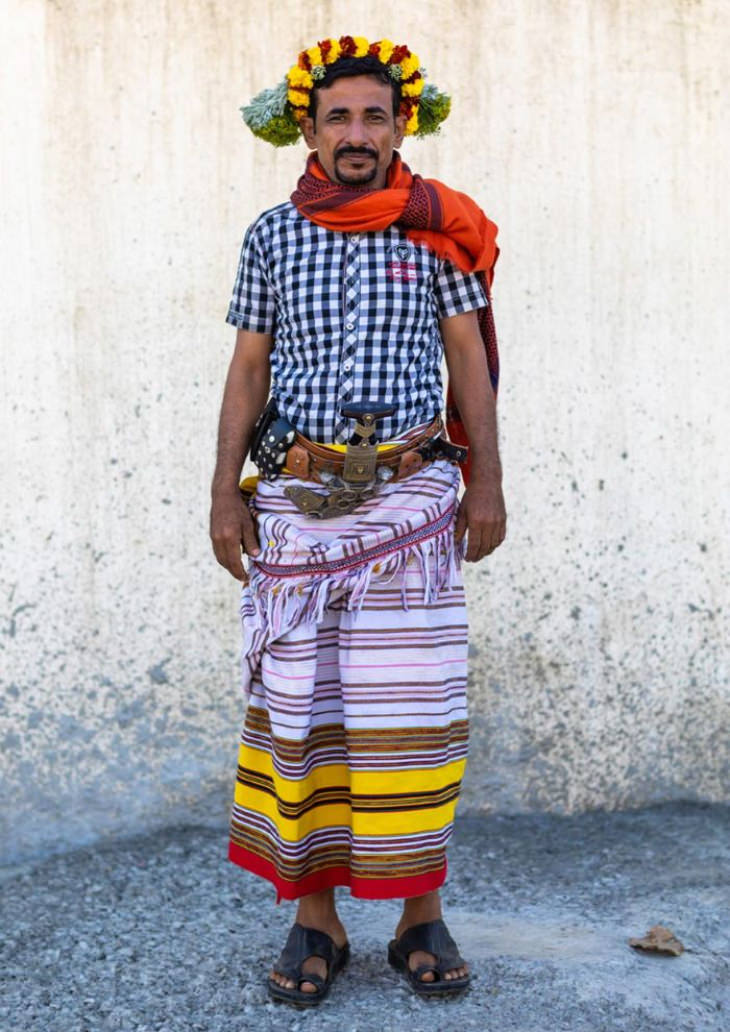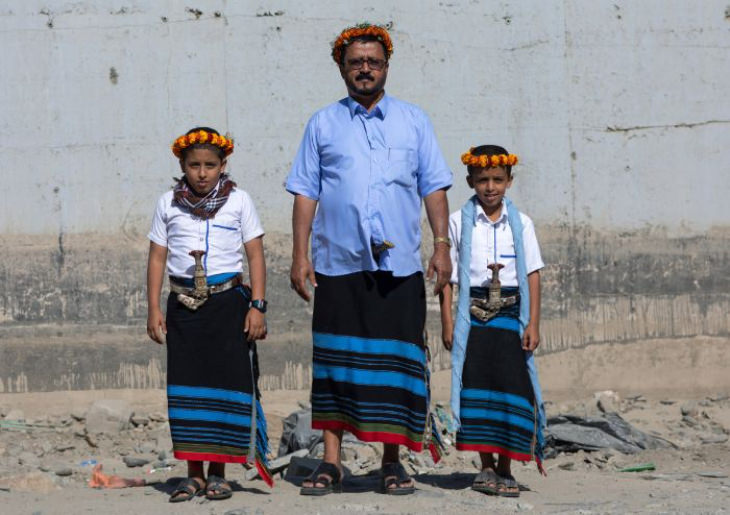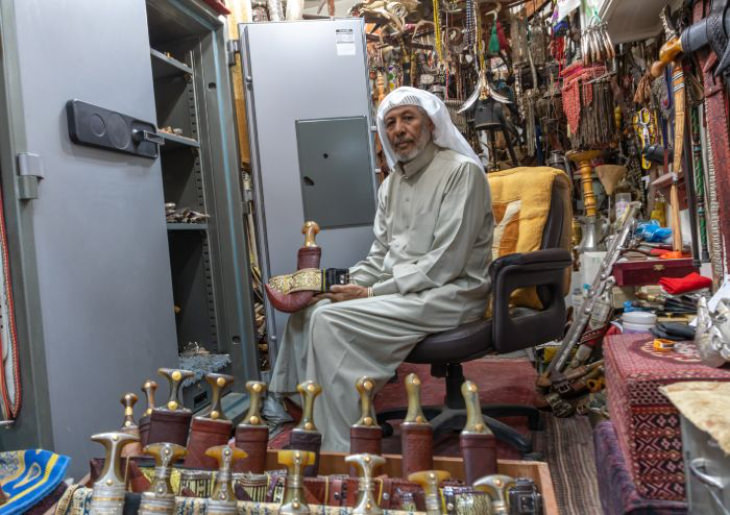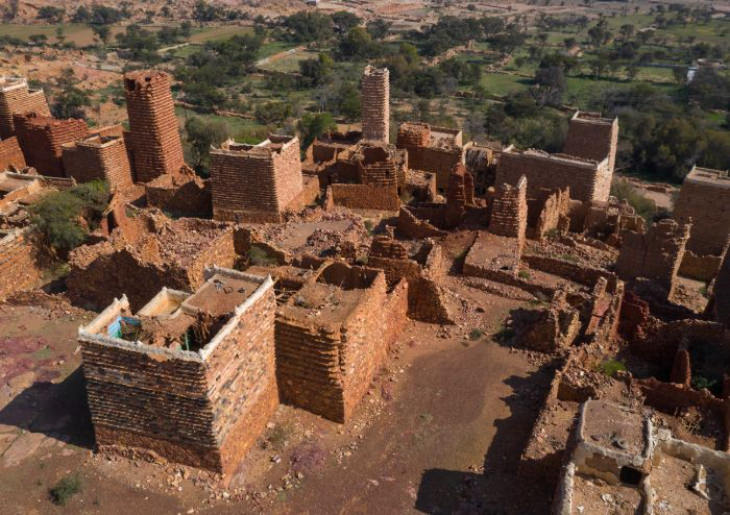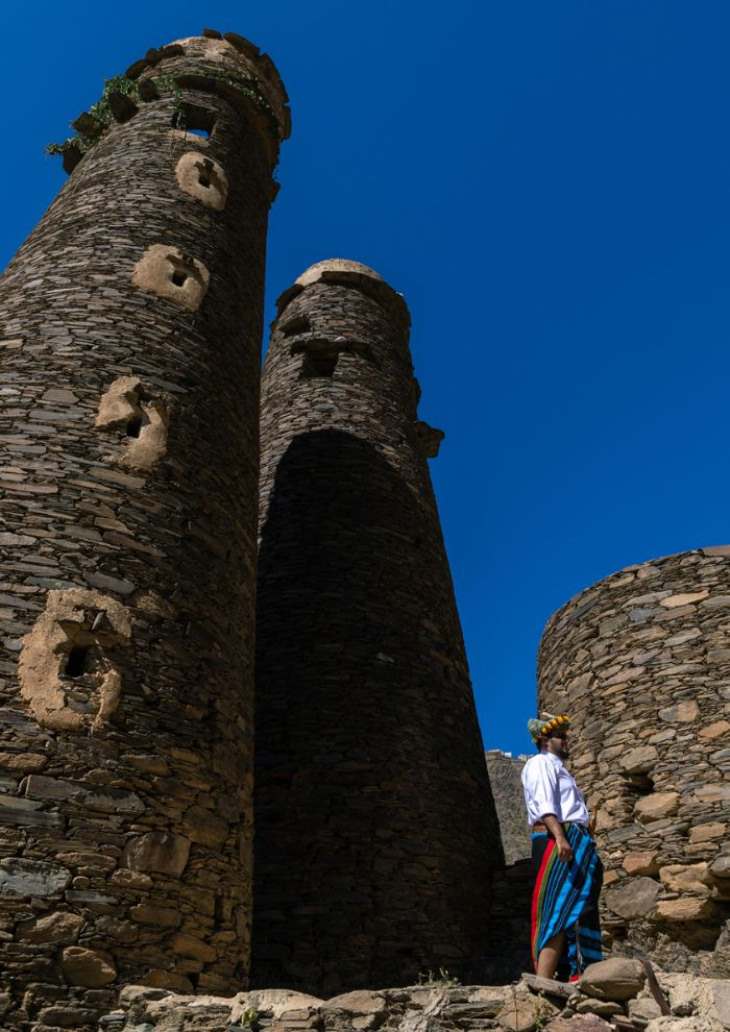
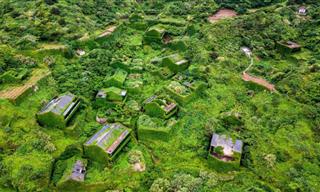
Visit Houtouwan, the Abandoned Village Conquered by Nature
Visit Houtouwan, the village swallowed by nature
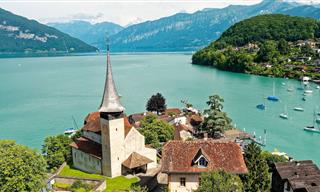 10:49
10:49
Haven't Been to Switzerland? This Will Send You Packing!
Enjoy a high quality video tour picturesque resort town Interlaken, Switzerland

15 Must-Visit Places In the Incredible Continent of Africa...
Africa is an incredible continent for a variety of reasons, and there's something here for you whatever you like. Here are 15 must-visit places in Africa.

11 Unique Museums to Visit in the City of Prague
we've compiled a list of the top 11 must-visit museums in Prague!

10 Wonderful Places to Go Whale Watching
If you wish to encounter whales, here are the top 10 destinations to do so

Everyday Life is South Korea is Truly Something Different
Let us share with you these 13 photos of everyday culture in South Korea.

15 Things That Make Mexico a Country with a Rich Culture
Thinking about heading to Mexico? Here are 15 things you probably didn't know.

Wonders of the World: The Greatest Man-Made Constructions
These amazing ancient marvels will make you question modern technology.
 15:37
15:37
Welcome to Udaipur, India's Beautiful City of Lakes
Take a trip of the beautiful Indian city of Udaipur that's literally surrounded by serene lakes from all corners.

These Cityscape Sunsets Will Take Your Breath Away
Sunset is one of the greatest natural wonders. No two sunsets are ever quite the same, which is what makes these pictures from the world's great cities unique.

The Czech Republic is Home to Many a Fairytale Town...
The Czech Republic has a checkered past, but luckily for all of us, many of its fairytale towns survive completely intact. Discover their beauty here.
 11:11
11:11
Discover Sommarøy: The Island Where Time Takes a Break
Sommarøy is an island where time takes a break...
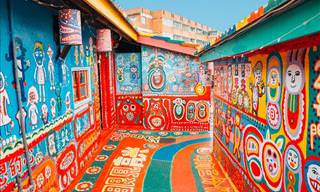
10 Unforgettable Places In the World Full Of Color & Charm
Admire 10 astonishing and colorful tourist destinations all around the world.
 8:39
8:39
Take a Rare Peek Inside The World's Only 7-Star Hotel
The Burj Al Arab hotel in Dubai is one of the few recognized 7-star hotels in the world. Here is a rare peek inside this luxurious hotel.
 2:25
2:25
See Switzerland’s Beauty Through This Scenic Train Ride
Crossing forests, tunnels, and bridges across the Alps, this is definitely one of the most magical train routes in Switzerland and the world!
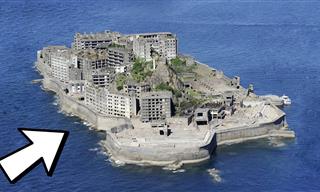 26:22
26:22
Rediscovered: The World's Most Fascinating Lost Cities
Check out these 15 lost cities that have finally been brought back into the light.

What 16 Different Countries Consider the BEST Comfort Food
Here is a list of the most indulgent dish from 16 different countries around the world, all of which are widely considered to be comfort foods
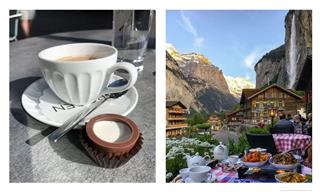
Only in Switzerland: 20 Pics That Show the Country's Charm
Here are some striking photos that capture the essence of Switzerland

12 Stunning Places to Experience Autumn's Beauty
These stunning locations have the best fall colors you’ll see.
 8:17
8:17
Explore the Tea Rituals and Recipes of Different Countries
Tea is deeply rooted in many cultures, from China to the UK. Learn the tea rituals and recipes of different countries around the world.

These Uncommon Travel Words Have Such Beautiful Meanings!
Describe your past and present travels using these unusual travel words from around the world.

Retired and Want to Travel? Visit These 12 Amazing Places!
If you are planning a trip there is no reason to limit yourself. The following 12 destinations are great for those over 60!

18 Vintage Images That Bring the 19th Century to Life
These vintage photos from 1875 offer a fascinating glimpse into a world that's so different from ours.
 14:40
14:40
The Wild Nature and Wild Sights of North Argentina
Watch as we explore the beautiful province of Salta in North Argentina.

Admire UNESCO World Heritage Sites From a Bird’s Eye View
The Overview project put together a collection of UNESCO Heritage Sites in aerial view and the result is astounding - tour the world from above with these photos.
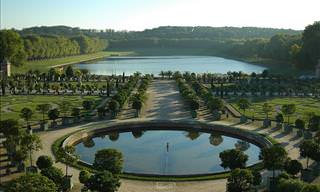
This is a Must-See Destination for Anyone Visiting Paris
Everyone wants to visit Paris, but that can be tough. So we've brought to you all the highlights of one of its most beautiful locations.
 9:34
9:34
Grimentz Is the Winter Wonderland You’ve Been Dreaming Of
Switzerland’s Grimentz promises an unforgettable winter experience unlike anywhere else
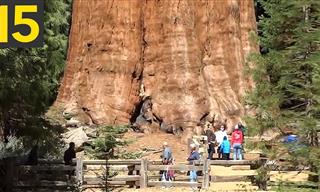 16:24
16:24
The Size of These 15 Enormous Trees Will Shock You
rom Japan to Brazil, these are the world’s largest trees based on their shocking height, width, and mass.
 29:49
29:49
Hold On Tight! Check Out the World's Riskiest Train Routes
These are the most dangerous trains in the world.

Here's Why You Should Visit Wales at Least Once
Though the UK is world famous as a travel destination, few people ever mention of Wales. These 20 pictures of its great coast will show you what you're missing.
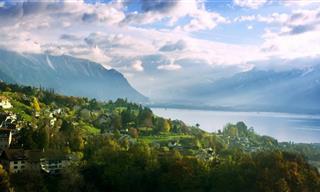
These are the Top 11 Areas to Visit in Switzerland
Here are recommendations for the most beautiful and pastoral areas in the country that you should definitely visit.
 25:02
25:02
A Trip Across Quaint West England Is What We Need
Immerse yourself in the quiet and idyllic beauty of the West England countryside in this video.

The Many Quirks of Canada: 18 Photos That Say It All
These 18 photos capture the essence of being Canadian, blending pride, humor, and a touch of absurdity.

Odd Encounters in the World That Seem Ordinary to Locals
This article is dedicated to 15 unusual traditions around the world foreigners find odd, but the locals consider to be completely ordinary.
 11:13
11:13
50 Interesting Facts About Japan That Are Actually True
Learn about all these interesting and true facts about Japan.

10 Awesome Travel Destinations in England’s Lake District
Not everyone is familiar with England's beautiful Lake District, that's why we've gathered for you the 10 most treasured destination on site!
 4:41
4:41
Admire the Unique Raw Beauty of Bangladesh
From the busy streets of Dhaka, through the scenic countryside, Bangladesh truly has a one of a kind magic
 26:27
26:27
The Mysteries of Akkad and Other Lost Biblical Cities
Can we really find the lost Biblical cities?

These Are 12 Of the Best Places to Walk Around the World
Of all the hiking trails in the world, these are the 12 best sites and places for those who want to travel with their feet.
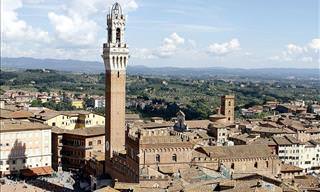
12 Great Sites That’ll Make Siena Your Next Destination
This amazing Tuscan city is a magnet for travelers who want to experience culture & history. Here are 12 amazing attractions to see if you're planning a visit.
 5:32
5:32
18 Delightful Cakes to Try From Around the World
Take this mouth-watering tour of the most delicious cakes from 18 countries of the world.

This Landlocked Eastern European Country Will Surprise You
Many people have never even heard of Moldova, but this landlocked Eastern European republic has much to offer. Here are the top 10 places to visit in Moldova.
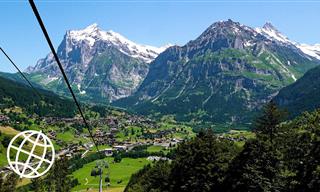 8:23
8:23
The Magical Beauty of Grindelwald, Switzerland
Almost everything people look for in Switzerland can be found in the enchanting town of Grindelwald.

Daring Ascents: 16 Vintage Photos of Early Mountaineers
These vintage photographs document both the recklessness and grandeur of early climbing.
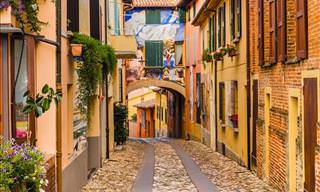
Take a Stroll Through These Picturesque Italian Villages!
Take a stroll through 10 of the most stunning, small villages in Italy.
 14:09
14:09
Epic Nature: The Beauty of Rogers Pass
Come with us to a Canadian adventure with two veteran adventurers at Rogers Pass
To enable your Ad-Free Subscription, please fill the fields below
Your subscription was successful, now you can enjoy an ad-free experience!! Note: To make sure you get no ads, please make sure to log in to your account. If you are logged in already, then refresh the page. The subscription can be cancelled at any time.





